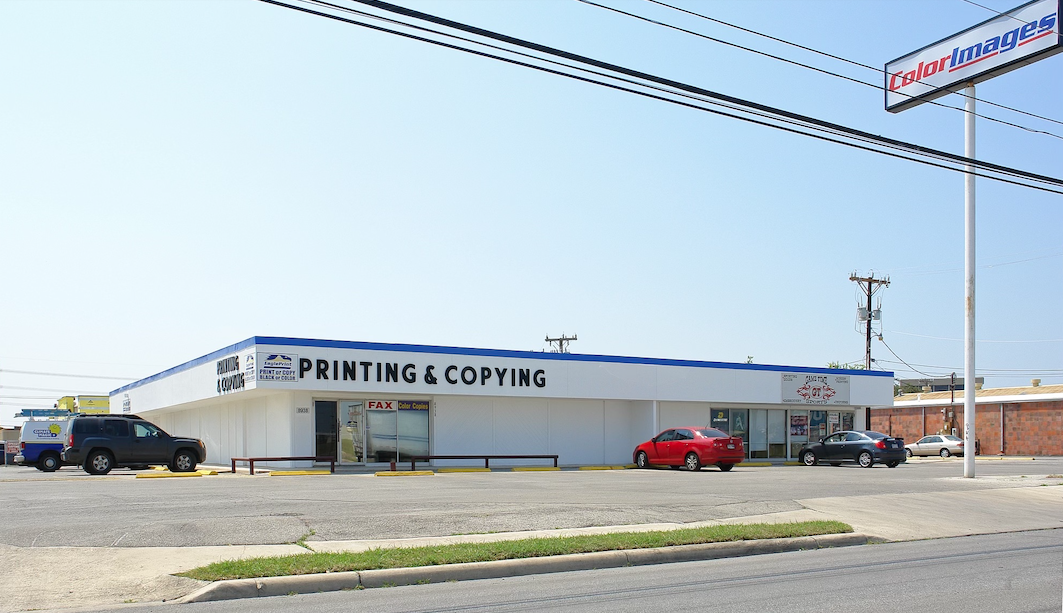Why Sale-Leasebacks are the Key in Today’s Economic Environment
- Obsido Commercial
February 3, 2023
- For Property Owners & Investors
In recent years, sale-leaseback deals have grown in popularity as a means for firms to obtain capital. A sale-leaseback transaction occurs when a business sells a property to an investor and then leases it back from the new owner. This method can give a company access to immediate liquidity while allowing it to continue operating from the same location. In this blog post, we’ll look at why sale-leasebacks have grown so popular in today’s economy, as well as why they may be the best way for companies to get money.
Interest Rates and Their Impact on Access to Capital
The present economic climate has been difficult, with the Federal Reserve raising interest rates to battle inflation. While some of the pressures may have peaked, the Federal Reserve has signaled that additional rate rises are still on the table. As a result, corporate lenders have been more cautious and tightened their rules, resulting in reduced levels of leverage being accessible.
Traditionally, a mortgage lender would provide 75% to 80% of a property’s loan-to-value. However, given today’s macroeconomic situations, it’s considerably more difficult to acquire money, and it’s now normal to only get approximately 60% of the loan-to-value. Despite falling property values, firms can still benefit from sale-leasebacks since they can receive 100% of the value right away.
The benefit of renting is that rent is fully deductible as an operating expense, unlike loan interest. Control can normally be negotiated for up to 20 years with options to extend. The rental payment is lower than the loan payment, making this an appealing choice. Furthermore, the longer the lease term, the better the value for both sides, which facilitates negotiation.
Given the uncertain future and the possibility of further rate increases, there is benefit in securing a plan with certainty. Companies can boost their liquidity and deal with unforeseen occurrences more easily by completing a sale-leaseback and paying off pricey or adjustable rate debt.
Sale-leasebacks are also an excellent source of acquisition financing, especially in today’s market, where distressed properties may present chances for strategic add-on acquisitions. Companies might use the proceeds from a sale-leaseback transaction to support new acquisitions or to expand on existing platforms. A vertically integrated firm may elect to acquire a supplier, or sponsors may use sale-leaseback profits to reduce their transaction capital expenses.
In our opinion, we’re heading towards a situation where you’ll be glad you executed a sale-leaseback the day before rather than the day after. Sale-leaseback transactions can assist firms in San Antonio and elsewhere in managing their cash flow, obtaining the financing they require, and providing flexibility to deal with future concerns.
The Advantages of Renting
When a firm sells and leases back its property, it gains access to funds that it can use for other purposes. While there are certain disadvantages to renting rather than owning property, there are also some significant benefits to the sale-leaseback agreement.
A. Deductibility of Rent as an Operating Expense
One of the most significant benefits of renting rather than buying is that rent is fully deductible as an operational expense. This can be a significant benefit for businesses wanting to decrease their tax burden while increasing their cash flow.
B. Control and Lease Terms Negotiation
Another benefit of renting is that the seller may usually negotiate control for 20 years with the option to extend. The longer the lease term, the better the value to both the buyer and seller, making that issue easier to negotiate.
C. Financing Rates vs. Rental Rates
While there are fees connected with renting, the rental rate is usually cheaper than what a business would have to pay in financing. This is especially critical in today’s economic climate, where obtaining capital is more challenging.
Working Capital’s Importance in the Current Environment
Access to working capital is more crucial than ever in today’s economic situation. As interest rates climb, corporate lenders become more cautious, making it more difficult to acquire a loan. Here’s how sale-leaseback transactions can help.
A. Sale-Leaseback Transactions as a Source of Acquisition Funding
One of the most significant advantages of sale-leaseback transactions is that they can be an excellent source of acquisition financing. The proceeds from a sale-leaseback might be used to support new acquisitions or to expand on existing platforms. This is especially crucial in today’s market, when distress may create opportunities for strategic add-on acquisitions.
B. Strategic Add-On Purchases
A company may wish to buy a supplier or another vertically integrated company in some cases. Sale-leasebacks can provide a source of financing for these deals.
C. Lowering Capital Costs for Deals
Sale-leasebacks can also help sponsors reduce their capital costs for deals. By doing a sale-leaseback at the time of an acquisition, sponsors can reduce their capital costs and improve the overall return on investment.
D. Liquidity and Dealing with Unforeseen Circumstances
Finally, having liquidity on hand is more important than ever in today’s uncertain economic environment. Sale-leasebacks can provide companies with the cash they need to deal with unforeseen circumstances, whether it’s an unexpected downturn in the market or a sudden need for working capital.
In summary, while there are certainly trade-offs to selling a property and leasing it back, there are also some significant advantages. The deductibility of rent as an operating expense, the negotiation of control and lease terms, and the lower rental rates versus financing rates are all significant benefits. In addition, sale-leasebacks can be a great source of acquisition financing, provide funding for strategic add-on acquisitions, and help lower capital costs for deals. Finally, having liquidity on hand is more important than ever in today’s uncertain economic environment, and sale-leasebacks can provide companies with the cash they need to deal with unforeseen circumstances.
The Potential Danger of Market Uncertainty and Ongoing Rate Increases
With the ongoing Federal Reserve interest rate hikes chasing inflation, the corporate lending market has become less liquid and more expensive. Corporate lenders have been tightening their standards and lowering the amount of leverage available. This has made it harder to get a loan, and borrowers are only getting 60% loan-to-value of the property, as compared to 75% to 80% in normal circumstances. As a result, businesses are finding it increasingly difficult to access capital.
Sale-leasebacks remain a great source of acquisition financing, especially in the current market environment, where distress may drive opportunities for strategic add-on acquisitions. By using sale-leaseback proceeds to fund new acquisitions or expand existing platforms, companies can obtain the cash necessary to seize these opportunities. This can be particularly valuable in the context of a vertically integrated company that decides to buy a supplier or sponsors looking to lower their capital costs for a deal.
However, with the future uncertain and rates potentially going higher, there is also value in locking down a strategy with certainty. Doing a sale-leaseback and paying off some of the more expensive or floating rate debt may be the right move in such cases. Liquidity can also help companies deal with unforeseen circumstances.
As a wrap-up, a sale-leaseback can be the best way to access capital, particularly in today’s economic environment. Although the corporate lending market has become less liquid and more expensive, capital remains available for sale-leasebacks at very attractive terms.
Considering the importance of market uncertainty and ongoing rate increases, sale-leasebacks should be considered sooner rather than later. By choosing a sale-leaseback, companies can lock down a strategy with certainty, which can be beneficial in times of uncertainty.
At Obsido Commercial, we have a team of experts who specialize in sale-leaseback transactions. Contact us to learn more about how we can help you obtain the cash you need to seize opportunities and navigate the current market environment.
Relationships are essential to the success of Obsido Commercial. Our professional commercial real estate team is committed to providing honest, hardworking service and advice. Based in San Antonio, Texas, we specialize in advisory, investment sales, leasing, buyer & tenant representation, and sale-leaseback transactions. With decades of experience in Texas and beyond, our team provides practical insights for Flex properties.


 SUBSCRIBE TO OUR NEWS FEED
SUBSCRIBE TO OUR NEWS FEED SUBSCRIBE TO OUR NEWSLETTER
SUBSCRIBE TO OUR NEWSLETTER


